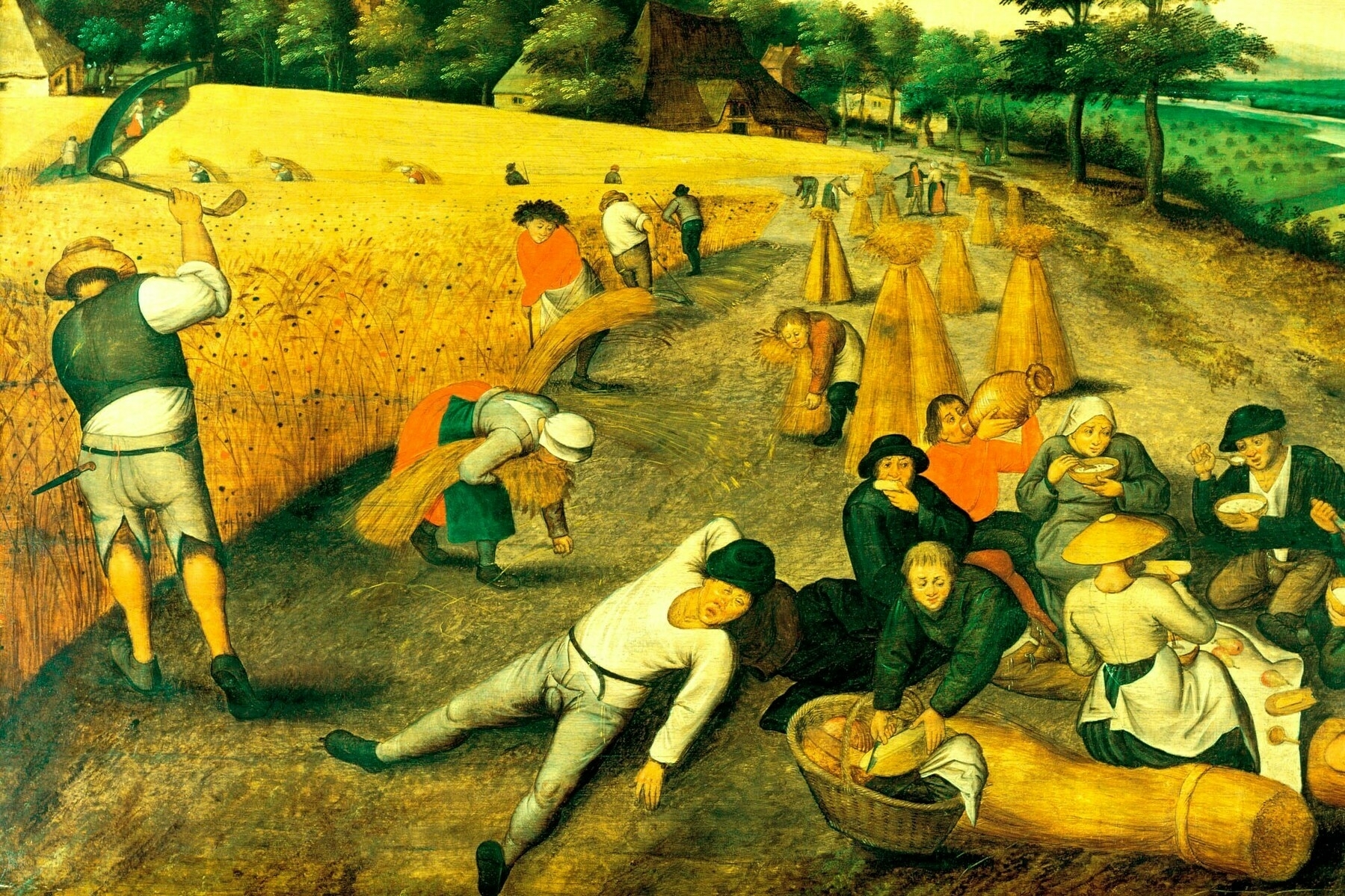Taking the long view on weekly working hours
I find comparative analysis of working patterns absolutely fascinating. What counts as work? What does it mean to be productive? What is the context around work?
While I can’t remember where I came across it, this analysis takes an eight-century long view on working hours. It turns out that these days most of us work more than medieval peasants did…
One of capitalism's most durable myths is that it has reduced human toil. This myth is typically defended by a comparison of the modern forty-hour week with its seventy- or eighty-hour counterpart in the nineteenth century. The implicit -- but rarely articulated -- assumption is that the eighty-hour standard has prevailed for centuries. The comparison conjures up the dreary life of medieval peasants, toiling steadily from dawn to dusk. We are asked to imagine the journeyman artisan in a cold, damp garret, rising even before the sun, laboring by candlelight late into the night.Source: Preindustrial workers worked fewer hours than today’s[…]
The contrast between capitalist and precapitalist work patterns is most striking in respect to the working year. The medieval calendar was filled with holidays. Official – that is, church – holidays included not only long “vacations” at Christmas, Easter, and midsummer but also numerous saints' andrest days. These were spent both in sober churchgoing and in feasting, drinking and merrymaking. In addition to official celebrations, there were often weeks' worth of ales – to mark important life events (bride ales or wake ales) as well as less momentous occasions (scot ale, lamb ale, and hock ale). All told, holiday leisure time in medieval England took up probably about one-third of the year. And the English were apparently working harder than their neighbors. The ancien règime in France is reported to have guaranteed fifty-two Sundays, ninety rest days, and thirty-eight holidays. In Spain, travelers noted that holidays totaled five months per year.
